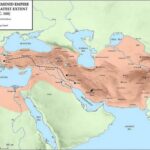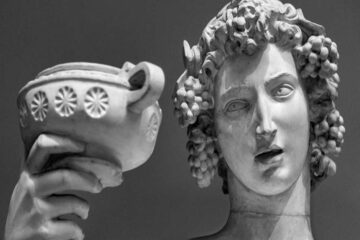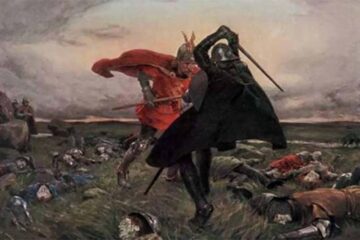The Ingenious Postal System of the Roman Empire Cursus Publicus

Introduction: Necessity of Communication and Transport
Every great empire relies on effective communication and transportation systems to function cohesively. The Roman Empire was no exception, boasting an intricate network of couriers, roads, and relay stations. Among these, the Cursus Publicus, the ancient Roman postal and transportation system, stands out as one of the most renowned.

Communication in the Ancient World
Large empires necessitate efficient communication and transport networks to connect diverse regions. Throughout history, notable civilizations developed their own systems, with ancient Egypt and Chou Dynasty China among the earliest pioneers. The Romans, inspired by the Persian mounted messengers, refined and adopted this system, leading to the establishment of the Cursus Publicus.
Persian Mounted Messengers: Inspiration for the Romans
The ancient Persians, in the 6th century BC, employed mounted messengers and posthouses to service their expansive empire. This system allowed for swift communication through relay stations, inspiring admiration from ancient Greeks and eventually reaching Rome. The Romans embraced and adapted this model to suit their needs, laying the foundation for the Cursus Publicus.
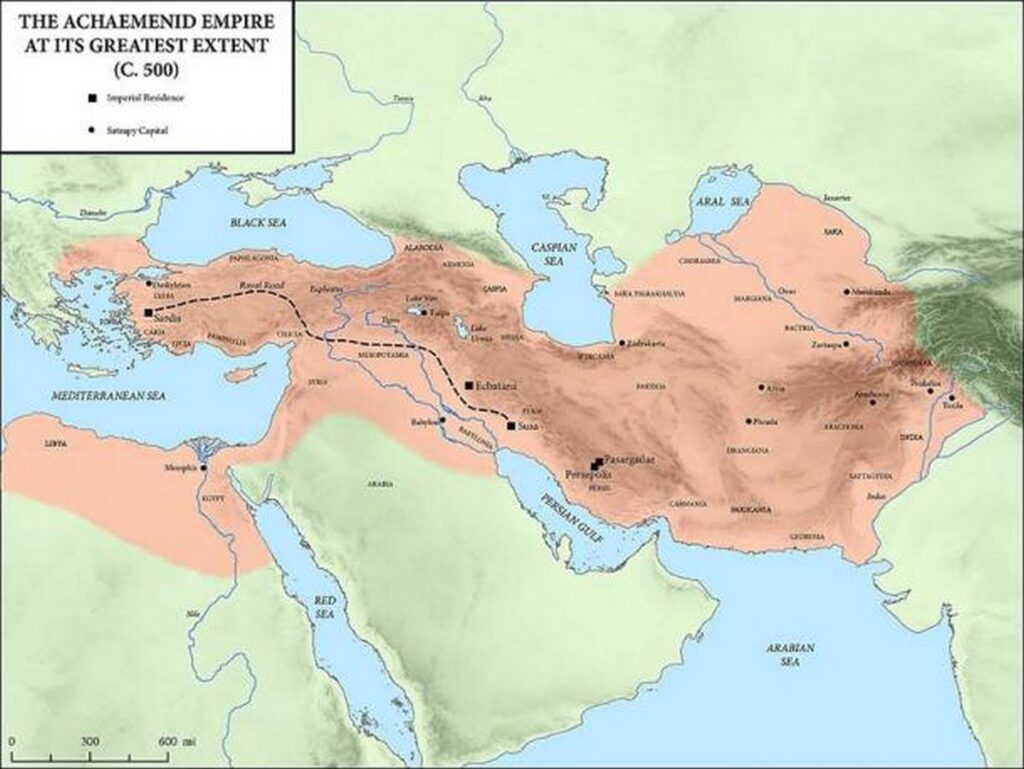
Cursus Publicus: The Public Way
The Cursus Publicus, or Imperial Post, quickly evolved into the primary courier and transportation system of the Roman Empire. Procopius describes its early forms, highlighting its role in conveying crucial information, managing tributes, and facilitating swift travel across the empire. It played a vital role in governance, trade, and military operations.
Relay Stations: Backbone of the System
Strategically positioned along major roads, relay stations provided essential services for travelers and couriers. Offering fresh horses, lodging, and provisions, these stations enabled messengers to cover long distances swiftly. Guarded by military personnel, they ensured the safety of travelers and contributed to the efficiency of the Cursus Publicus.
Messengers and Couriers: Swift Conveyors of Information
Skilled messengers traversed the empire on horseback or in chariots, carrying important dispatches and orders. Hierarchically organized, they relayed messages between stations, wearing distinctive uniforms or seals to denote their affiliation. The system also facilitated the swift movement of officials and goods, contributing to effective governance and trade.
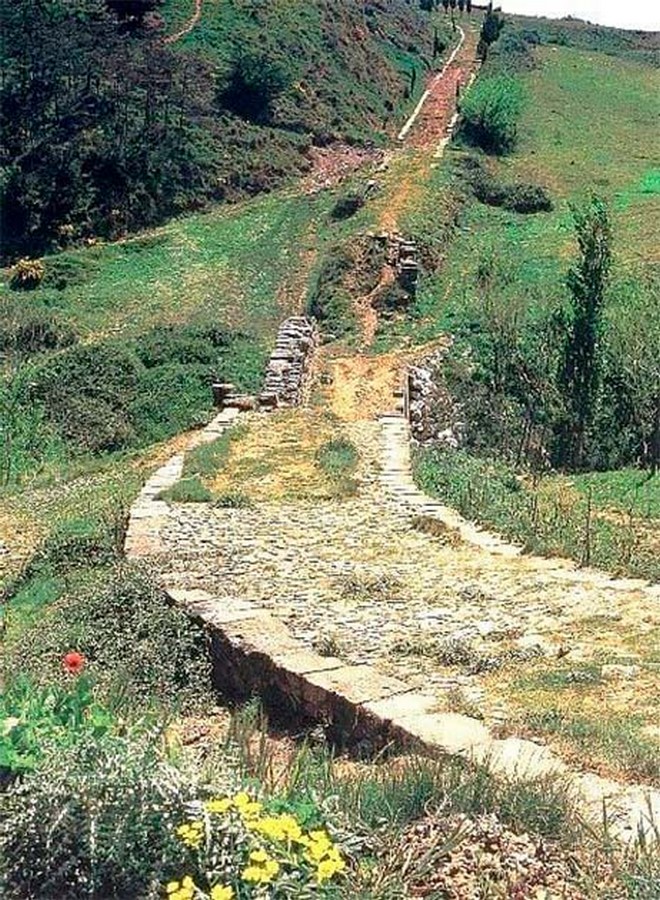
Legacy and Decline
The Cursus Publicus facilitated long-distance trade, government administration, and the dissemination of information within the Roman Empire. Its legacy endured through subsequent centuries, influencing modern transportation and communication systems. However, with the decline of the Roman Empire, the system waned, eventually replaced by new modes of governance and communication.
Conclusion: Enduring Impact
From its relay stations to skilled messengers, the Cursus Publicus epitomized logistical excellence, ensuring the smooth functioning of the Roman Empire. While primarily serving the elite and the state, its legacy persists in modern postal systems. Like the Cursus Publicus bound the Roman Empire, it continues to bind humanity to progress, unity, and the pursuit of knowledge.



